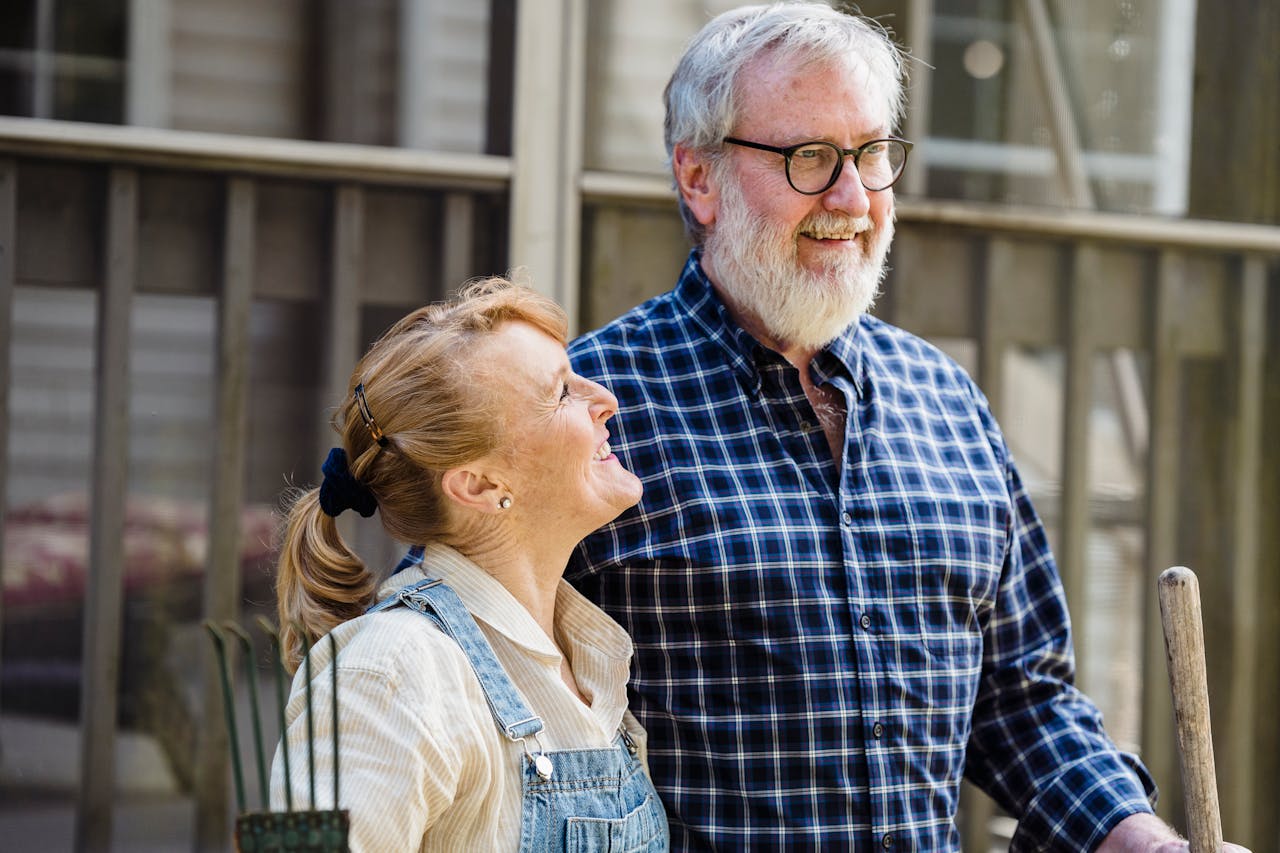Introduction:
As we get older, making sure our homes are safe and accessible becomes more and more important. This guide gives practical tips to make your home work for you as you grow older. With a few modifications and considerations, you can age in place comfortably while still maintaining your independence. Ensuring a safe and accessible home will not only improve your safety but also help you keep up morale and stay happy throughout the aging process.
Home Safety Assessment:
Safety starts with assessing key areas of your house like entrances, flooring, lighting, and stairs. It’s important to have clear pathways with non-slip flooring. You also want good lighting so that hazards are super visible. Lastly, secure staircases prevent accidents and enhance accessibility. By conducting a comprehensive assessment of all these things, you’ll be able to identify potential hazards before they become problems and prepare yourself against them.
Bathroom Modifications:
Bathrooms present their own challenges when it comes to safety. Installing grab bars, accessible showers, elevated toilets improves safety for seniors trying to maintain their personal hygiene independently. Feeling confident performing daily tasks like these goes a long way in keeping one’s sense of dignity intact during the aging process.
Bedroom Adaptations:
Your bedroom should be comfortable and easy to access at all times of day – especially at night or during emergencies. That’s why it’s recommended for older individuals to adjust bed heights accordingly, optimize closet space as much as possible (so you don’t need any step-stools),and incorporate emergency response systems into the room itself.
Kitchen Safety:
Safe kitchens are clean kitchens. Accessible appliances, non-slip flooring, reachable items minimize hazards while enhancing convenience for independent meal prep. After all that hard work in the kitchen is over though… it’s time to enjoy what you’ve made! By applying some thoughtfulness into your kitchen design here – older adults can maintain their nutritional health while still enjoying the pleasures of cooking with confidence!
General Living Spaces:
Living spaces should be safe and functional places to relax and socialize. Comfortable furniture, easy-to-use remote controls, and temperature control systems all help seniors move around their homes with confidence. By taking the time to craft living spaces that are comfortable and accessible, people can feel secure in their own homes. That security is an important stepping stone toward engaging in meaningful activities and interactions.
Technology Integration:
Nowadays, technology plays a huge role in helping older adults stay connected with family and friends. It also helps them manage their health and respond quickly to emergencies. Devices like smart home devices, health monitoring tools, and emergency alert systems give them the independence they want while still providing some support. By adopting these technologies, individuals can optimize their independence while resting easy knowing that there are plenty of fail-safes in place.
Regular Maintenance and Upkeep:
To keep a home environment safe for everyone who lives there, it’s important to conduct regular maintenance checks. Malfunctioning appliances or broken fixtures can be big hazards for older adults who might have trouble moving around quickly or balancing on one leg. But by keeping up on repairs and proactively hunting down potential problems, individuals of all ages can ensure their homes are safe for years to come.
Financial Assistance and Resources:
Modifying a home so it’s more accessible isn’t cheap — but neither is a nursing home! Fortunately, there are many resources available that make aging in place much more affordable. Whether you’re considering grants or community support services, these programs often have solutions tailored specifically for seniors seeking to give their homes a makeover. And by tapping into financial assistance programs now instead of later when it’s an emergency situation, older adults will be able to create the perfect living space for themselves without feeling rushed.
Consideration for Aging in Place:
Aging is scary — there’s no two ways about it — but if we plan ahead now we’ll hopefully be able to coast through it with our independence intact. Including family members and caregivers in the conversation is a good first step. And fostering social engagement with friends and neighbors will be another great way to keep ourselves active and healthy. Taking these steps toward planning for the future and staying engaged will empower individuals to create living spaces that are tailored to their unique needs.
Conclusion:
It’s easy to feel like we’re losing control as we age, but by creating safe and accessible home environments, seniors can confidently grow older in place. Technology integration plays a crucial role in empowering this confidence while also helping individuals manage their health and stay connected. Financial assistance programs can make renovations more affordable, too, so there really isn’t an excuse not to make said changes. By integrating these principles into your everyday life now, you’ll be able to enjoy your later years independently and confidently.
